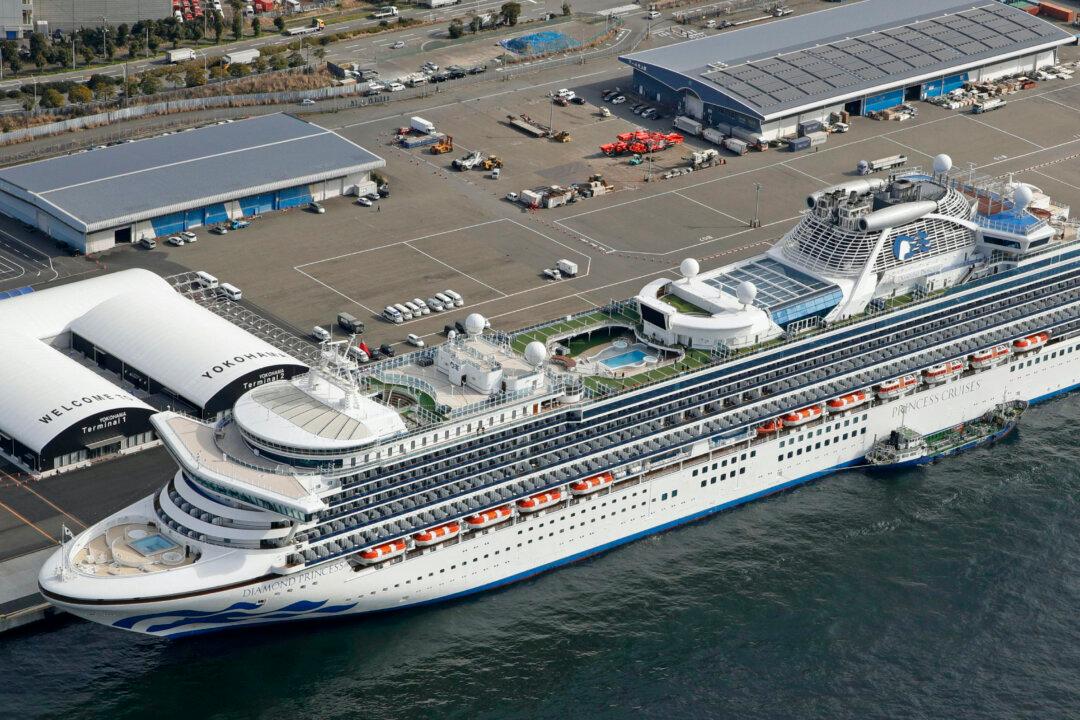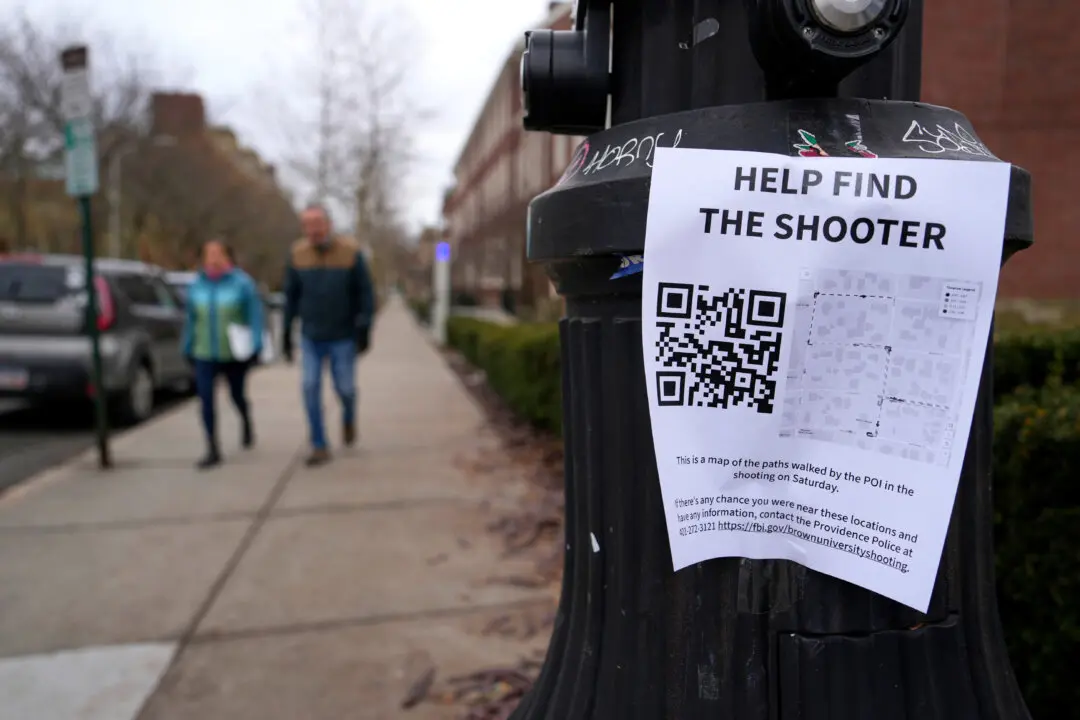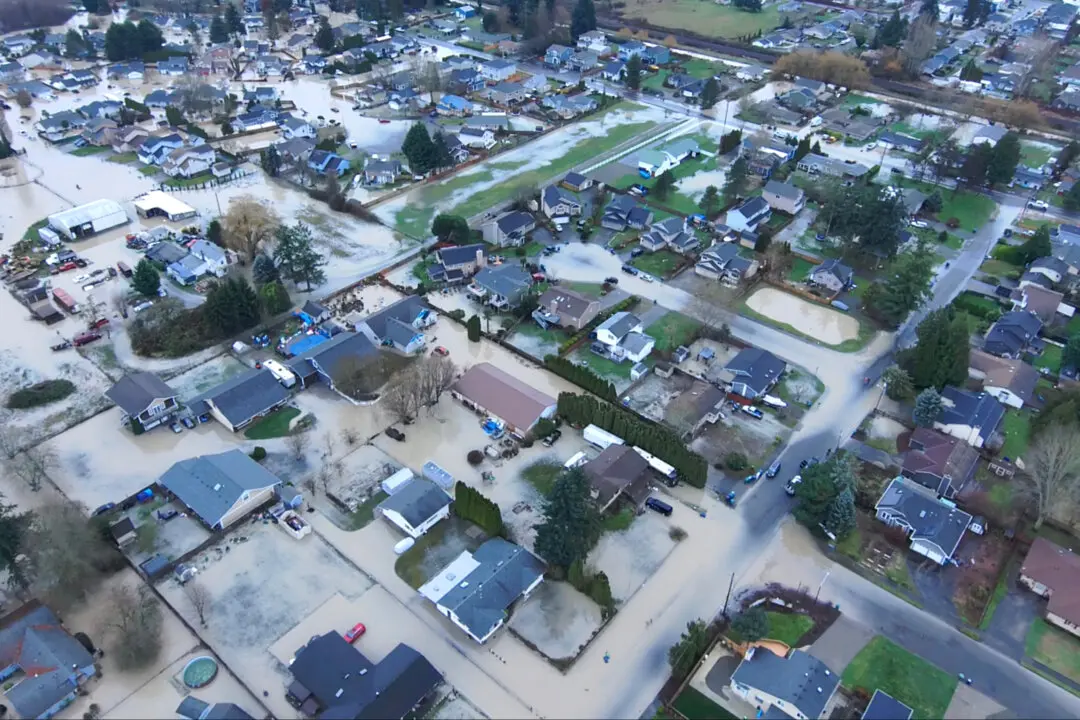Japan reported 41 new cases of coronavirus on a cruise ship quarantined in Yokohama harbor near Tokyo, raising the number of found cases on the ship to 61.
Earlier on the ship, the Diamond Princess, 20 passengers who were diagnosed with the virus were evacuated from the ship. About 3,700 people have been confined aboard the ship, which remains docked and under a 14-day quarantine.






